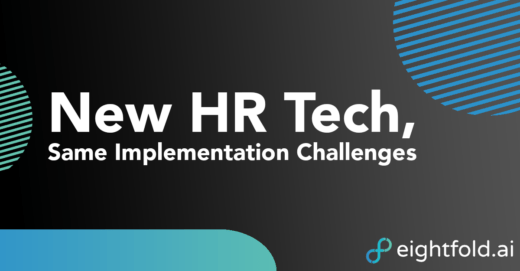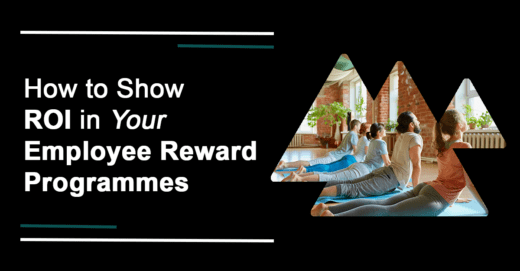As change facilitators and leaders, most of us have seen that it’s helpful to have a change plan, and to follow some kind of framework or change model that reminds us of the essentials that will help us to guide the organisation through the change we’re helping to deliver.
And I know from my own experience, and from discussions with my colleagues, that the framework, no matter which one or how diligently followed, is not a guarantee of successful change.
What I’d like to explore in this article is the piece that is missing from all of the change models I’ve studied or used, and the piece that, when present, lubricates the wheels of change, exponentially increasing the chance that your change will run smoothly, provide the benefits planned, and be sustainable in the long run.
First, here is a high-level summary of three common change models:
| Lewin | Kotter | ADKAR |
| Unfreeze |
Increase Urgency Build the Guiding Coalition Get the Right Vision Communicate for Buy-in |
Awareness Desire |
| Change |
Empower Action Create Short-Term Wins |
Knowledge Ability |
| Refreeze |
Don’t Let Up Make it Stick |
Reinforcement |
Each of them, in their own way, contain extremely practical and sensible advice for change facilitators and leaders.
Of course it’s a good idea to let people know why the change is being made, and what it means for them from a practical perspective.
Of course we should make sure people have the tools, skills and knowledge to be able to perform their roles in the new world.
And of course we need to make sure people are working in accordance with the new processes once the change has been implemented.
But what happens when, despite our best efforts and super communication, we still find that the change is on shaky ground and that people are just going through the motions? What do the change models tell us to do?
Generally, the advice is to go and focus on one or more of the things you’ve already been doing, for example:
- Communicate better and/or more
- Re-state the ‘why’ of the change
- Celebrate successes
- Verify that people are empowered to do what needs to be done to implement the change
- Provide support to those who are struggling – attempt to understand and alleviate fears
Those all seem like good ideas, so what’s missing?
Before I lay that out, there’s a question I’d like to pose:
What is it we’re trying to achieve through all these actions or interventions?
And here’s my answer:
A change of mind (or lots of minds).
We’re trying to ‘get people on board’ or ‘create champions of change’ or ‘establish a guiding coalition’. In other words, we want people to change their mind from how they currently think and feel about the change, usually to a more trusting, collaborative, accepting, proactive state. We assume (quite fairly) that there is a correlation between these states and the smooth implementation of the project.
Now there’s something I’d like to point out about all the change models:
They all assume that there’s a cause-effect relationship between the situation (the change) and people’s feelings, performance and behaviours. They recommend actions based on attempting to change people’s relationship to the change.
But there’s no direct relationship between ‘the change’ and people’s feelings, performance and behaviours. The true relationship, and the place to get maximum leverage when facilitating change of any description, is the one between the person and their thoughts.
Thought is always the intermediary between a situation and a person’s experience of that situation. We can’t experience life without Thought. And that’s why our relationship to our thinking is so fundamental to how we navigate the changes and challenges life puts in our path.
Now you may be thinking: “but I explain the Kübler-Ross Change Curve to people to help them map and understand their experience of the change”.
I’m always pleased to hear that those leading changes acknowledge that people experience different emotions during a change (or at any time for that matter). However, the Kübler-Ross model (which EKR herself stated was outdated and never meant to be used in the way it has been used for so many years) doesn’t tell us how to help people when they’re experiencing emotions they find uncomfortable or distressing.
The fact that, intentionally or not, it sets up a false expectation of moving through specific states in a specific order is a subject for another article.
The main concern in relation to this article is that even when using a model relating specifically to people’s experience of change, we are missing the mark because we’re leaving the role and nature of Thought out of the equation. We are still assuming a direct relationship between the situation and a person’s feelings about the situation.
So, to be super clear, here’s what’s missing from the change models:
An understanding of the role and nature of Thought in people’s experience of change.
An organisation, team or individual heading into a period of change with an understanding of how their felt experience of life is created through Thought in each moment, is equipped with a change super-power.
A group of people who understand that their feelings aren’t a result of the change, the leadership, the communication or the training they’ve received are in a much more powerful position to correct what needs correcting and move ahead with what’s already working or making sense. Those who are impacted in terms of changes to or loss of their job, are much more able to access their natural clarity, creativity and objectivity to help them navigate the changes with more grace and less suffering.
This is a new paradigm in the way we look at change, and takes a lot of what used to be part of a change facilitator’s job ‘off the table’.
We’re able to focus on the things that truly make a difference when we know what they really are, and stop wasting our time and energy on trying to influence people in ways that it just isn’t possible to do.
Footnote:
Elisabeth Kübler-Ross in an interview with Oprah in 1974 talking about the stages of grief as “old stuff” https://www.youtube.com/watch?v=AlnESKUZFqE
If you haven’t read the other articles in this series, article 1, article 2.1, article 2.2, or article 3 yet, you may like to go back and read those first; they set the scene for this one.
This article is brought to you exclusively by The Business Transformation Network.





